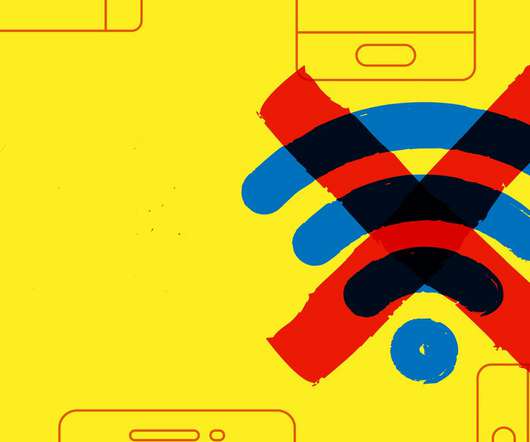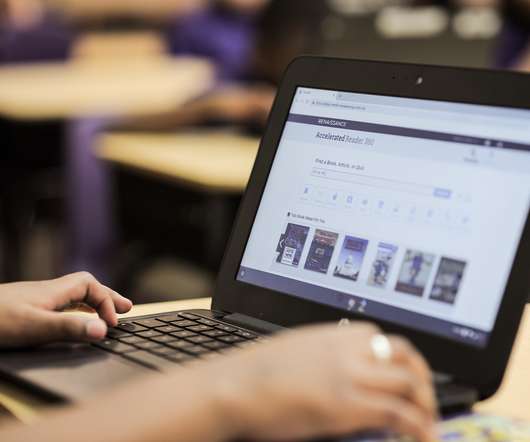Here’s What Schools Can Do For the Millions of Students Without Internet Access
Edsurge
MARCH 20, 2020
There's a big giant access issue, both in terms of what happens when there’s no internet and then also what happens when you don’t have a device that can go on the internet,” says Beth Holland, the digital equity and rural project director at the Consortium for School Networking, an industry group for school tech directors.
































Let's personalize your content